Most marketing campaigns are missing a flywheel effect that adds the potential for unbounded returns. The flywheel effect we will talk about in this article is brand user-generated content (UGC) and its unbounded returns are compounding retention loops. Luckily for brand marketers, social media provides ample opportunity to leverage brand UGC and the compounding effect can be a natural outpouring of campaigns that add the UGC element.
Whether it’s a detailed review, a video tutorial, or simply incorporating a product into an artistic still life for their feed, customers are inspired to create brand UGC when they’ve had an impactful brand experience. It’s not just the experience alone that motivates them to pull out their phones, however. Social media users can produce positive brand-related content for several reasons: it gives them the chance to increase their social capital, it’s a form of post-purchase rationalization (when a shopper emphasizes the benefits of their purchase as a part of choice-supportive bias), or they’re incentivized by a reward mechanism from the brand.
The cycle continues when that customer receives—and enjoys—their brand reward, and/or positive feedback from their audience, thus boosting their social credit and giving the customer a good reason to create more content. Ideally, this perpetuates a flywheel for the brand by bringing more customers into its fold who also feel compelled to create UGC.
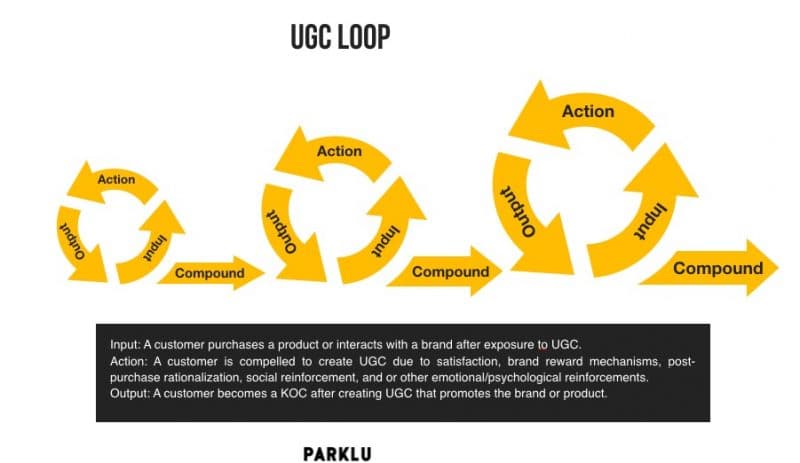
How UGC helps brands
Consumers overwhelmingly appreciate endorsements and feedback from real people and count on these assessments when making their purchasing decisions. According to data-driven marketing platform Wyng, 85 percent of consumers find UGC more influential than brand photos or videos. About 54 percent of Chinese consumers seek to validate product quality through reviews, comments, and feedback before they buy, according to PWC.
Unfortunately, many brands are concerned with losing control of their brand messaging when it comes to UGC, but some of the most successful and lucrative examples of UGC take place when consumers are free to express themselves and interpret a product or brand however they see fit. Customers, especially those who are part of the Gen Z cohort, can be particularly creative on social media platforms that fuel an authentic point of view—just look at the raw, organic content on platforms like Douyin or Bilibili compared to the more curated aesthetics of Weibo or WeChat. Brands should embrace these more unrefined channels for content creation just as enthusiastically. After all, there’s often no one better to champion a brand or product than the consumer themselves.

That doesn’t mean brands have to play an entirely passive role. In fact, they shouldn’t. A sustained flow of brand UGC is unlikely to appear out of nowhere, and just waiting for it to happen is not a strategy. Brands can put effort into fostering a reliable pool of customer content creators through building communities of KOCs, or “key opinion consumers” in private traffic channels.
Building sustainable brand UGC flywheel
There are different ways of building these communities of brand advocates, and the main community can be segmented into granular sub-groups. Many brands are following the WeChat-based community-building model pioneered by beauty brand Perfect Diary. Upon purchase, consumers are invited to join a private WeChat group (by scanning a QR code, often in return for a discount coupon or other reward) where they will join other fans of the brand. The private group is managed on a personal WeChat account, and the brand can incentivize members to create and share their own UGC. From this base, the brand can identify standout UGC creators and work with them to strategize expanding the generation of content.
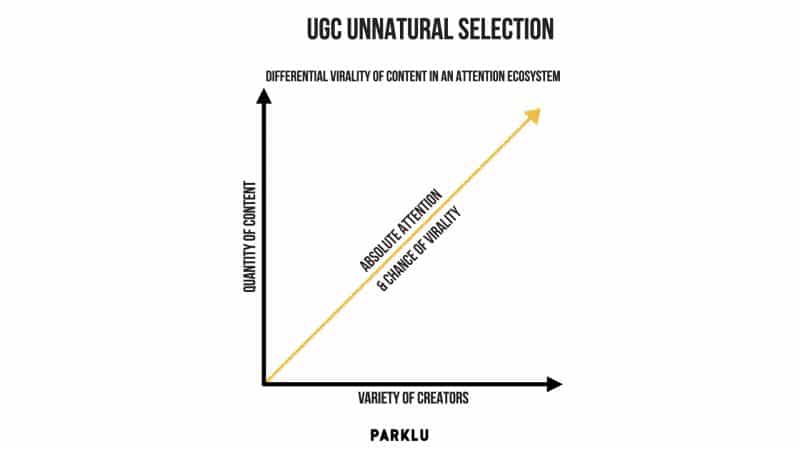
The focus should be on quantity, given the unpredictable nature of social media distribution. There’s ultimately no predicting what piece of content will be seen and which will not, so especially when it comes to brand UGC, more really is merrier. Douyin’s algorithm is notoriously hard to “game,” for example. The platform can send a post from an unknown user surging to viral success, while a collaboration between a brand and a mid-ranking KOL can be a relative flop. A brand with a KOC community of talented UGC creators can work with its KOCs to piggyback on Douyin’s revolving door of challenges and memes. The brand’s network can create a critical mass of content, both giving the brand a groundswell of organic user engagement and increasing the chances of scoring that elusive viral hit.
Platforms like Xiaohongshu generally lend themselves better to brand UGC, largely because user intentionality on Xiaohongshu is different from most other social platforms. Consumers on Xiaohongshu are often using the platform to research and compare products and brands—in other words, they are curious about other consumers’ opinions and experiences of using a brand. Brands can encourage their network of KOCs to utilize Xiaohongshu’s full range of features to build a mass of UGC that can educate consumers about the brand’s products and extend a helping hand to guide them along the buyer’s journey.
Case Studies: Haidilao
Haidilao has successfully used a variety of tactics aimed at inspiring customers to become KOC by creating brand UGC. In fact, the brand has done this partially by leveraging content posted by customers to create viral trends. After a Haidilao customer’s recipe for a beef rice dish became a success on Douyin, Haidilao added “Douyin Style Beef Rice” to the menu in its restaurants. The restaurant used that example as the basis for a series of DIY Douyin recipe challenges, where customers order the DIY hotpot and add ingredients to put their own twist on the final dish, filming and posting the video to Douyin. These campaigns attracted the participation of a few top KOLs, with over 2,000 videos being shared, viewed by 50 million Douyin users. Another Haidilao tactic is to offer solo diners a giant stuffed bear to “accompany” them and fill an empty seat at the table, subtly inviting the customer to share a photo of their “date.”
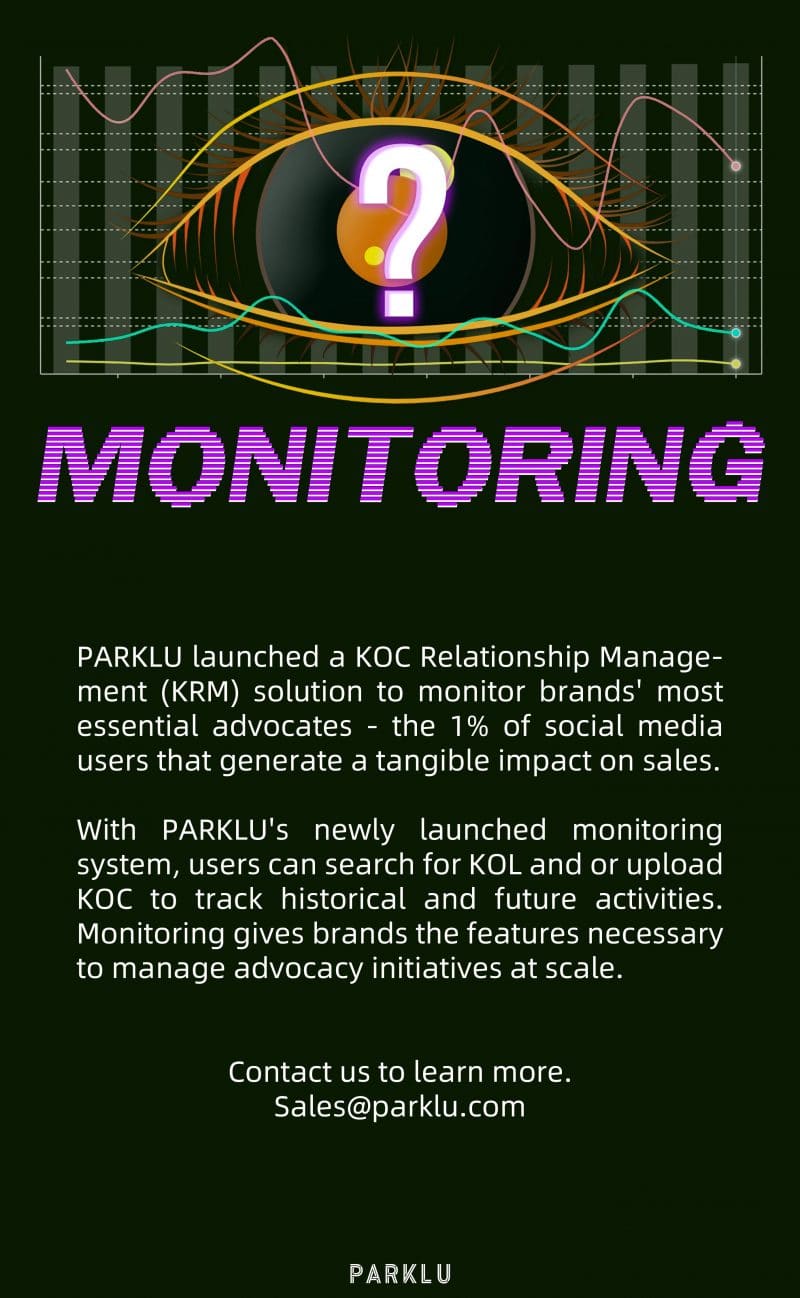




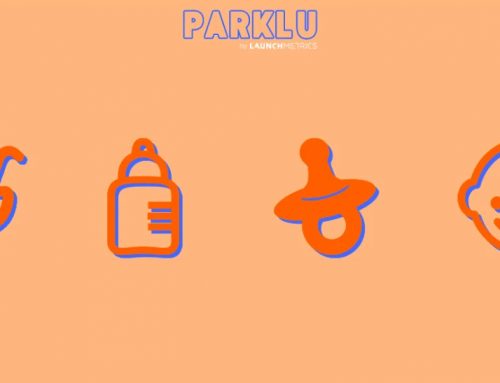

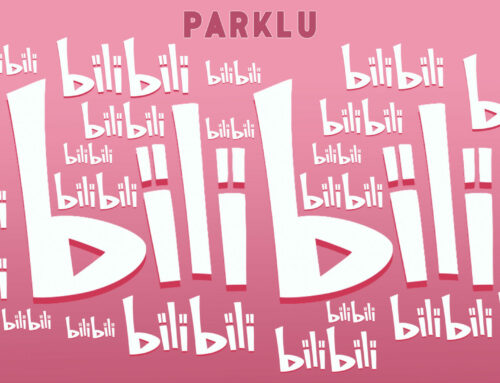


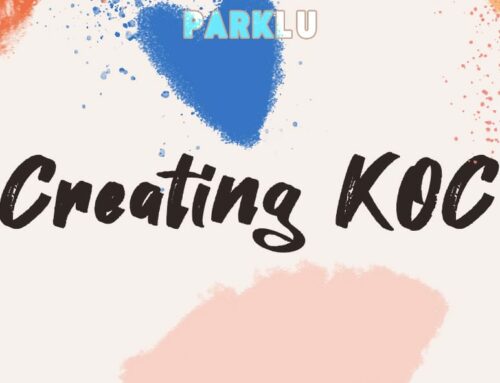
Leave A Comment